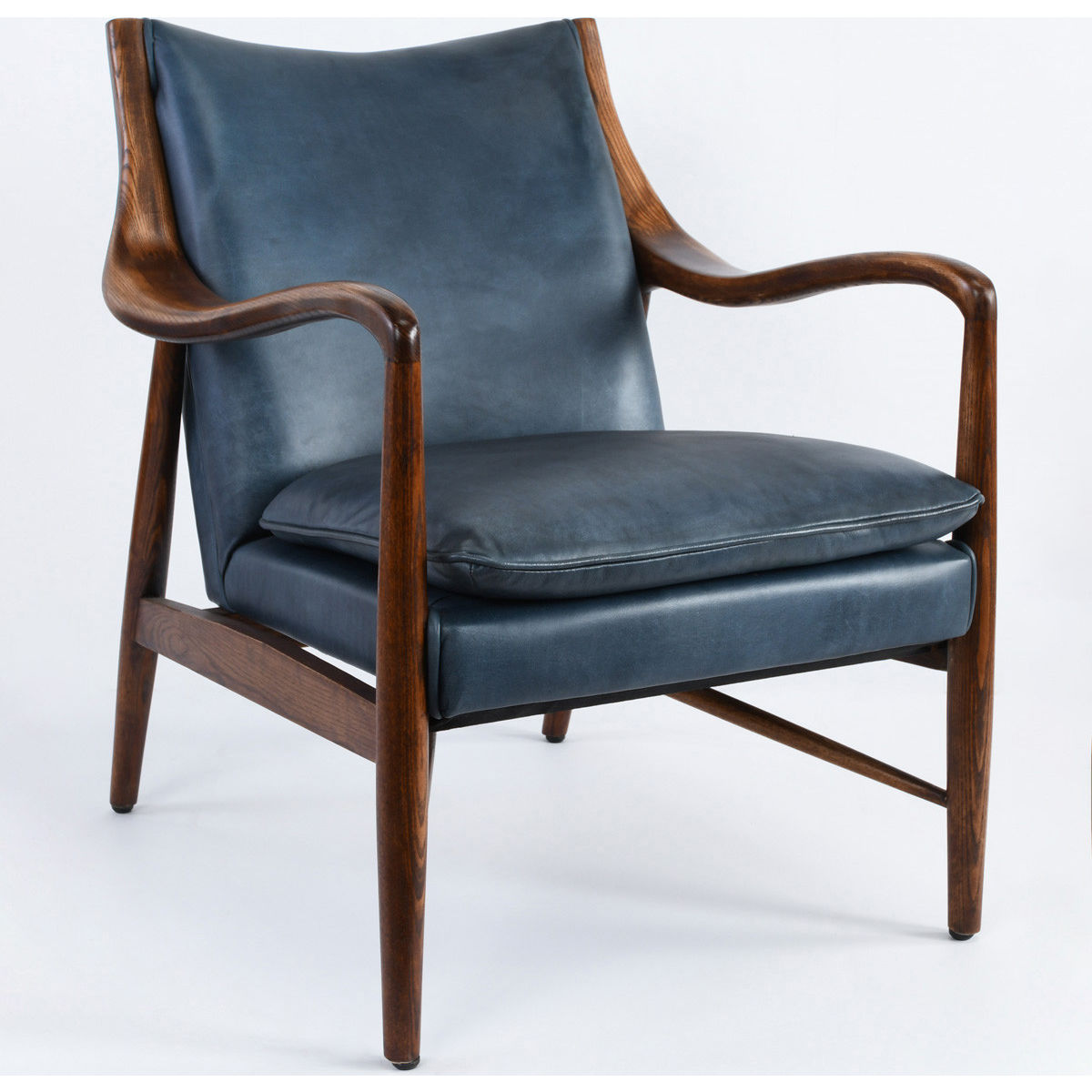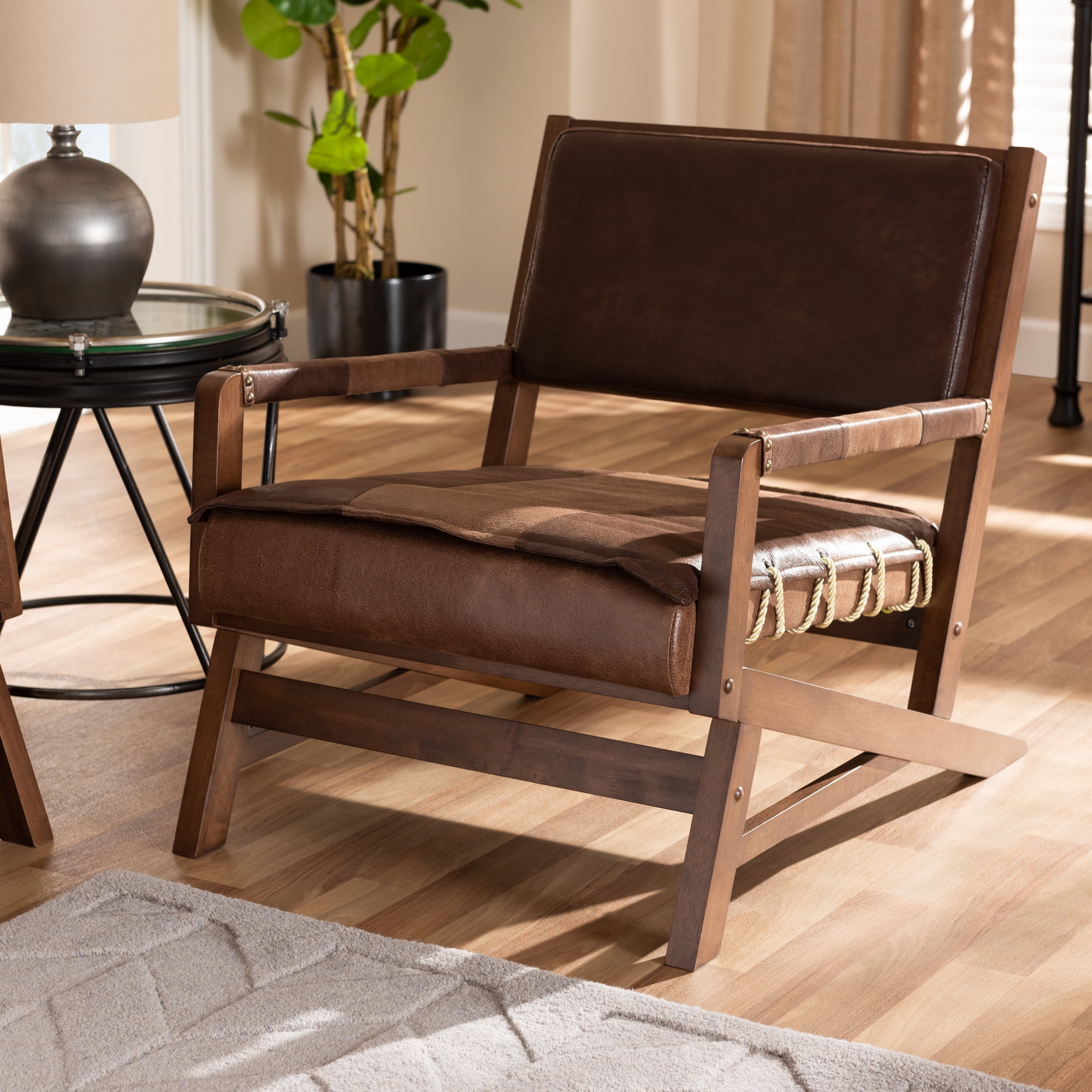History and Design Evolution of Wood and Leather Club Chairs

The club chair, a staple of comfort and sophistication, boasts a rich history interwoven with the evolution of design and craftsmanship. Its origins can be traced back to the early 18th century, evolving from simpler forms to the iconic pieces we recognize today.
Early Origins and Evolution
The club chair’s ancestry can be found in the armchairs of the 17th and 18th centuries, particularly in England. These early chairs, often crafted from oak or walnut, featured simple, sturdy designs with high backs and arms. They were intended for both comfort and formality, reflecting the social customs of the time.
Wood and Leather: A Classic Combination
The choice of wood and leather for club chairs is rooted in practicality and aesthetics. Wood provides the structural integrity and durability, while leather offers comfort, durability, and a timeless elegance.
- Wood: Oak, walnut, mahogany, and cherry are commonly used for the frames and legs of club chairs. These woods offer strength, durability, and a beautiful grain pattern.
- Leather: Leather upholstery is prized for its comfort, durability, and luxurious appearance. Over time, leather develops a rich patina, enhancing its beauty and character.
Notable Designers and Their Contributions
Several renowned designers have left their mark on the evolution of wood and leather club chairs. Their innovative designs have shaped the aesthetic and functional qualities of these iconic pieces.
- William Morris (1834-1896): A pioneer of the Arts and Crafts movement, Morris emphasized handcrafted furniture with a focus on natural materials. His club chairs often featured intricate carvings and traditional designs.
- Charles Rennie Mackintosh (1868-1928): This Scottish architect and designer introduced a minimalist aesthetic, characterized by clean lines, geometric forms, and a restrained use of ornamentation. His club chairs, often made with oak and leather, exemplified this style.
- Marcel Breuer (1902-1981): A prominent figure in the Bauhaus movement, Breuer championed modern design principles. His club chairs, often crafted with tubular steel and leather, embodied functionality and simplicity.
- Eero Saarinen (1910-1961): This Finnish-American architect and designer created iconic pieces that blended elegance and functionality. His club chairs, often featuring curved forms and luxurious leather upholstery, exemplified this approach.
Timeline of Significant Milestones, Wood and leather club chair
The design history of club chairs is marked by several significant milestones, reflecting evolving trends and innovations.
| Year | Milestone | Description |
|---|---|---|
| 17th century | Emergence of armchairs | Early armchairs, often crafted from oak or walnut, served as precursors to club chairs. |
| 18th century | Development of the club chair | The club chair emerged as a distinct style, characterized by its high back, armrests, and comfortable upholstery. |
| 19th century | Arts and Crafts movement | William Morris and other designers emphasized handcrafted furniture with a focus on natural materials and traditional designs. |
| Early 20th century | Modernist movement | Charles Rennie Mackintosh and Marcel Breuer championed minimalist designs, often featuring tubular steel and leather. |
| Mid-20th century | Mid-century modern | Eero Saarinen and other designers created iconic pieces that blended elegance and functionality. |
Types and Styles of Wood and Leather Club Chairs

The world of wood and leather club chairs offers a captivating array of styles, each with its own unique history, construction, and intended use. From the classic Chesterfield to the elegant wingback, these chairs have graced homes and public spaces for centuries, providing comfort and sophistication. This section delves into the diverse types and styles of these iconic pieces of furniture, exploring their defining characteristics, materials, and historical context.
Categorizing Styles of Wood and Leather Club Chairs
The styles of wood and leather club chairs can be categorized based on their construction, design features, and intended use. Each style possesses a distinct character, reflecting its historical origins and the craftsmanship that went into its creation.
Popular Club Chair Styles
- Chesterfield: The Chesterfield, with its deep buttoned back and arms, is a timeless classic known for its luxurious and sophisticated aesthetic. Its origins can be traced back to the 18th century, when it was favored by the English aristocracy. The Chesterfield’s hallmark features include a low, rolled back, deep buttoned arms, and a high, tufted back. The upholstery is typically made of high-quality leather, and the frame is often crafted from solid wood, such as mahogany or oak.
- Wingback: The wingback chair, characterized by its tall, wing-like side panels that extend from the back to the arms, offers a sense of privacy and comfort. It is believed to have originated in the 17th century, where it was used as a reading chair or a place to relax by the fireplace. The wingback’s design provides excellent head and shoulder support, making it ideal for prolonged sitting. The wings also serve to block drafts, adding to its comfort and functionality. The frame is typically constructed from solid wood, and the upholstery can be leather, fabric, or a combination of both.
- Armchair: The armchair, a versatile and ubiquitous chair style, features a back and arms designed to provide support and comfort. While it is a simple design, the armchair can be found in various styles, ranging from traditional to modern. The armchair is often used in living rooms, bedrooms, and offices, and can be upholstered in a wide range of materials, including leather, fabric, and velvet.
Differences in Materials and Craftsmanship
The materials and craftsmanship employed in the construction of wood and leather club chairs vary significantly depending on the style and intended use.
Wood
- Hardwoods: Hardwoods, such as oak, mahogany, walnut, and cherry, are often used for the frames of high-quality club chairs. These woods are durable, strong, and aesthetically pleasing, and can be finished to a high polish.
- Softwoods: Softwoods, such as pine and cedar, are less expensive and are sometimes used for the frames of less expensive club chairs. While they may not be as durable as hardwoods, they can still be a good choice for a sturdy and comfortable chair.
Leather
- Full-grain leather: Full-grain leather is the highest quality leather, and is known for its durability, breathability, and natural beauty. It is often used for the upholstery of high-end club chairs.
- Top-grain leather: Top-grain leather is a less expensive option than full-grain leather, but it is still a good quality leather. It is often used for the upholstery of mid-range club chairs.
- Bonded leather: Bonded leather is a synthetic leather that is made from leather scraps that are bonded together with a polyurethane resin. It is the least expensive option, but it is not as durable as full-grain or top-grain leather.
Styles of Wood and Leather Club Chairs: A Comparative Table
| Style Name | Key Features | Common Materials | Historical Context |
|---|---|---|---|
| Chesterfield | Deep buttoned back and arms, low rolled back, tufted back | Full-grain leather, mahogany, oak | 18th century, English aristocracy |
| Wingback | Tall, wing-like side panels, high back, deep seat | Leather, fabric, oak, mahogany | 17th century, reading chair, fireplace chair |
| Armchair | Back and arms for support, various styles | Leather, fabric, velvet, oak, mahogany | Versatile, used in homes and offices |
The classic wood and leather club chair offers a timeless elegance, but for a more contemporary aesthetic, consider the sleek lines and minimalist design of an eames chair white leather. While both styles exude sophistication, the Eames chair brings a touch of modernism to any space, while the club chair provides a sense of traditional comfort and warmth.
Ultimately, the choice comes down to personal preference and the desired atmosphere for your home.
The timeless appeal of a wood and leather club chair lies in its classic design and enduring comfort. These chairs often feature intricate carvings and rich leather upholstery, exuding an air of sophistication and elegance. For those seeking a more modern take on this classic, the rockefeller leather executive chair offers a sleek and contemporary alternative.
Its plush leather upholstery and ergonomic design provide unparalleled comfort, while its bold lines and minimalist aesthetic make a statement in any office space. Whether you prefer the traditional charm of a wood and leather club chair or the modern elegance of an executive chair, both offer a luxurious and comfortable seating experience.